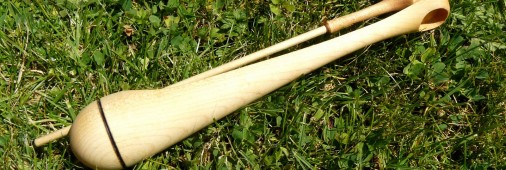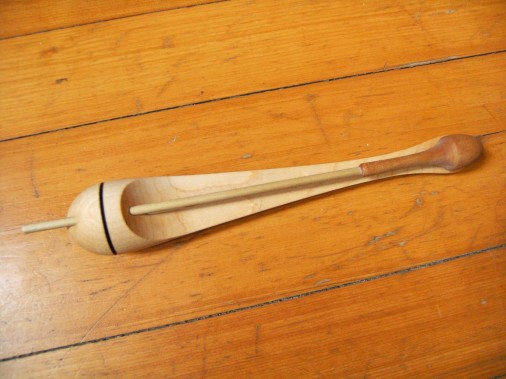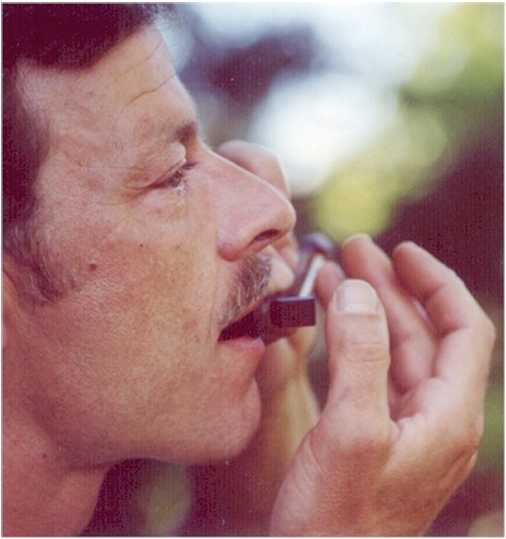Clackamore - Mouth Resonated Percussion Instrument

Drums were probably the first sort of musical instruments; people must have found hitting things to be a pretty easy past time. And that’s probably how they discovered foot tapping rhythms, which they must have found good for dancing. Over the centuries drums and other hitting instruments have taken different shapes and sizes, from big taiko drums to hand held bongo drums. They’re now available in pocket-sized spoon shapes, called Clackamores.
“Celtic D Drone” from OddTones.com
Classical music instruments are usually hard to play, requiring years of practice to be able to play them spontaneously. But, the Clackamore is easy - you learn to play it in a few minutes and make music spontaneously. The Clackamore is a percussion instrument that is big enough to fit in your pocket. Actually, Clackamore is more than just a percussion instrument. It can also play melody.
“Clakroll” on MouthMusic.org
A guitar produces sound when you pluck one of its strings. That sound is heard when it is amplified in its hollow body. The Clackamore uses the mouth as that hollow amplifier or resonator, and by changing the shape of the mouth, the lips and the throat you can change the sound. For instance, you can change the shape of your mouth from an E-shape to an O-shape, or you can open and close your throat, producing an infinite range of pitch. Simply place the spoon shaped end of the Clackamore on your lips, hold the other end with your thumb and forefinger, and tap it with the small wooden hammer with the fingers of your free hand. Playing the Clackamore is as simple as that.
The Clackamore sounds like drops of water falling into a pond - drip, drop, drop. But, people who play it long enough claim to experience various types of sounds and rhythms. Playing a Clackamore is so easy, even children can do it. And that’s how music should be - easy to make and enjoy.
How To Play The Clackamore
Hold the Clackamore as shown, resting your thumb and forefinger against your cheek while grasping opposing sides of the instrument neck. With the instrument lightly touching your lips, tap the reed with the extended fingers of your free hand. To play different notes, change the size and shape of your mouth cavity by silently mouthing the letter “A” and “E”. With a little practice, these pitch variations can be controlled to permit the playing of melodies. Experimentation will reveal the many different sounds and rhythms you can play with your Clackamore.


Leave a Comment
Logged in as - Log out